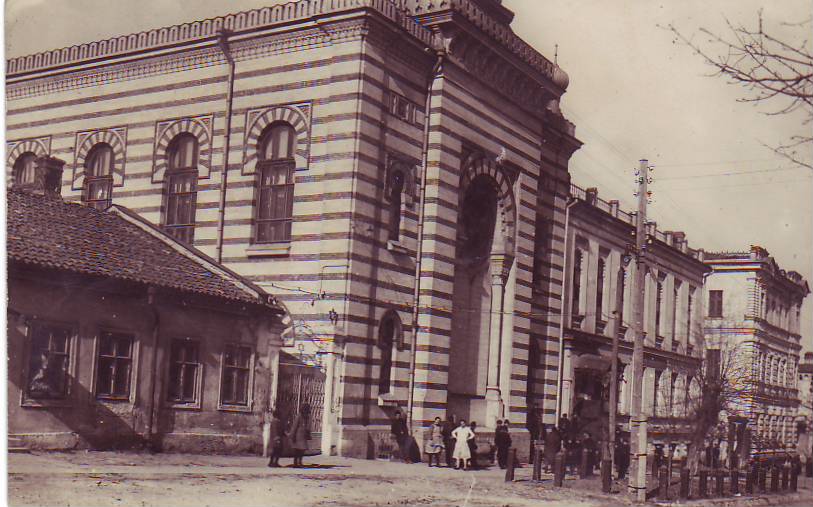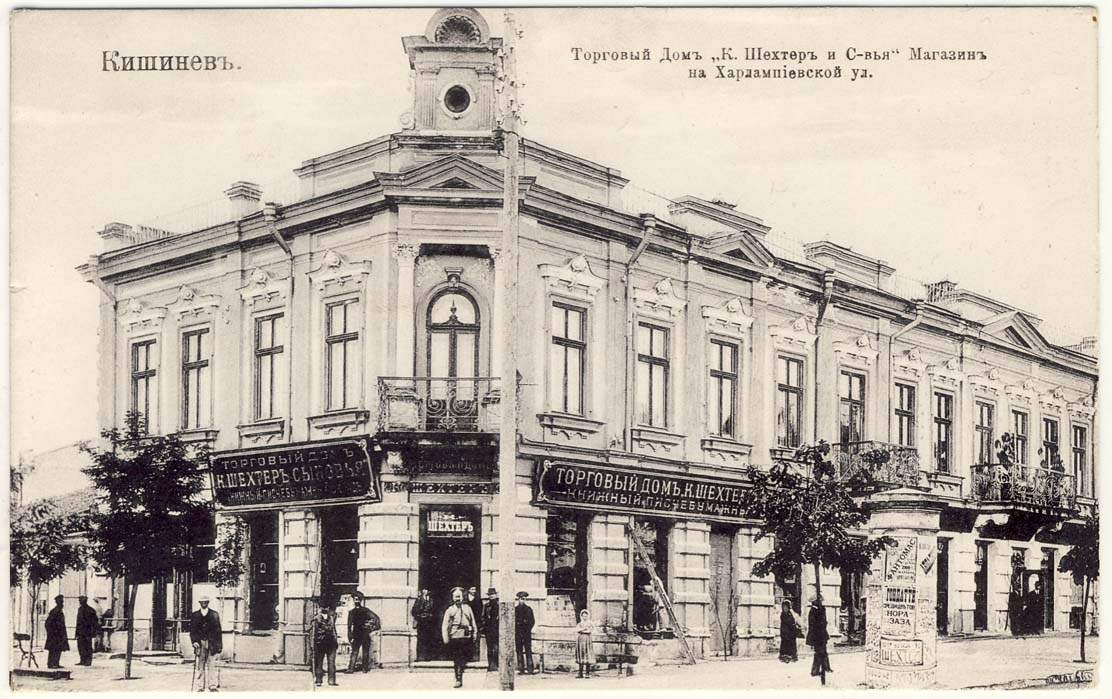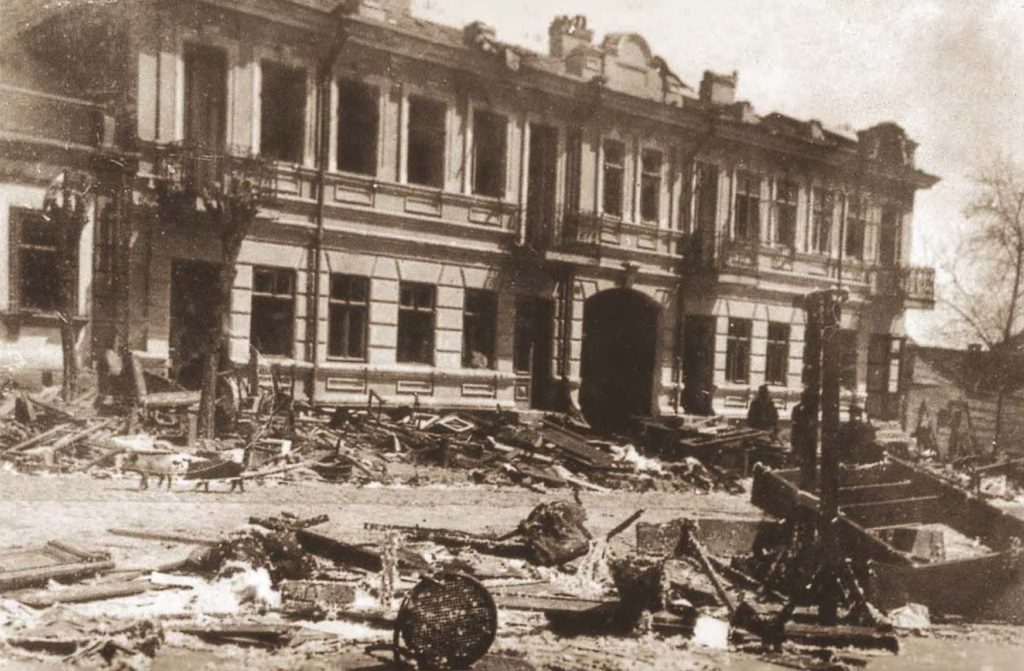Moldova _Chisinau city
Chisinau city
Chisinau is the capital and largest city of Moldova, its economic and cultural center. It is located in the center of the country on the Byk River, which was navigable until the middle of the 19th century.
From the 17th century, Chisinau developed thanks to the markets. Artisans and people of many ethnicities came here. In 1818, as part of the Russian Empire, Chisinau received the status of a city, and became the center of Bessarabia.
In 1995, Chisinau becomes a municipality. It includes six surrounding cities and 25 villages. The population of Chisinau is about 800 thousand inhabitants.
In the Jewish history, in addition to the fact that until the last 30 years, Jews here constituted a significant part of the population and was the birthplace of a large number of prominent Jewish figures in science, art, Judaism, politics, entered with the infamous pogrom of 1903.
Take Part in This Jewish History Walking Tour of Chisinau
Chisinau in detail
By the time of the first mention of this settlement in 1436, Jews had lived in Moldova for a long time. The right of Jews to live everywhere throughout the territory of Moldova and a number of trade benefits to the community were granted by an order of the ruler Roman I (1391-1394) and confirmed by Alexander the Good (1401-1433).
In the period between 1579 and 1612, Jews could not live on the territory of Chisinau and its surrounding villages, since they were expelled from the principality by the ruler Peter the Lame.
But in the 17th century, Jews already lived in all cities and towns of Moldova, and returned to Chisinau. The first Jewish cemetery and the first synagogue were located outside the settlement, not far from the Byk River.
The first mention of the Jews of Chisinau dates back to the beginning of the 18th century in the book of Dmitry Cantemir. The first document about the Jewish community dates back to 1774 – the charter of the Burial Brotherhood. According to the results of the 1774 census, 52 Jewish families, or 540 people, lived in Chisinau.
In 1812, the first synagogue was built in the city. It had a large basement and underground passages that could help in the event of hostilities to save the Jews of the city.
In 1818, Chisinau receives the status of a city and becomes the center of Bessarabia. Jews from Poland, Ukraine, Belarus, Austria and Holland come to the city. There are communities of Ashkenazi and Sephardic Jews in the city.
The population of the city as a whole, and the Jewish population in particular, is growing due to migration processes. By the middle of the 19th century, about 20 thousand Jews lived in Chisinau, there were two synagogues and 56 prayer houses. Another seven prayer houses are located in the Chisinau district.
In the 19th century, in Chisinau, as in all of Bessarabia, there were no Jewish pogroms. An attempted pogrom in the 80s of the 19th century was thwarted by the local population and the city administration. According to the 1897 census, in Chisinau live about 50 thousand Jews that makes 46% of the population. About 10,000 more Jews live in the vicinity, which have now become districts of the city.
On April 6-8, 1903, a bloody Jewish pogrom took place in Chisinau. Its cruelty shocked not only the Jewish world. 50 people were killed. For the first time, a pogrom in the Russian Empire was carried out with such cruelty, massacres and bullying.
In 1905, a wave of Jewish pogroms took place in Bessarabia, which also affected Chisinau.
In 1913, the Choral Synagogue was built in the city (at present, the Russian Theater named after Chekhov).
In the period from 1918 to 1940, about 40 Jewish organizations operate in Chisinau, representing all Zionist, political and religious directions. There are about 80 synagogues in the city, religious schools, gymnasiums teaching in Yiddish and Hebrew.
In June 1940, Bessarabia became part of the USSR, and the MSSR was formed. Chisinau becomes the capital of the republic.
On July 16, 1941, Chisinau is captured by Romanian troops. A ghetto is established in the city. Most of the Jewish population, which did not have time to evacuate, was destroyed in the city or during deportation to extermination camps in Transnistria. Only three Jewish families of those captured in the ghetto survived the occupation.



